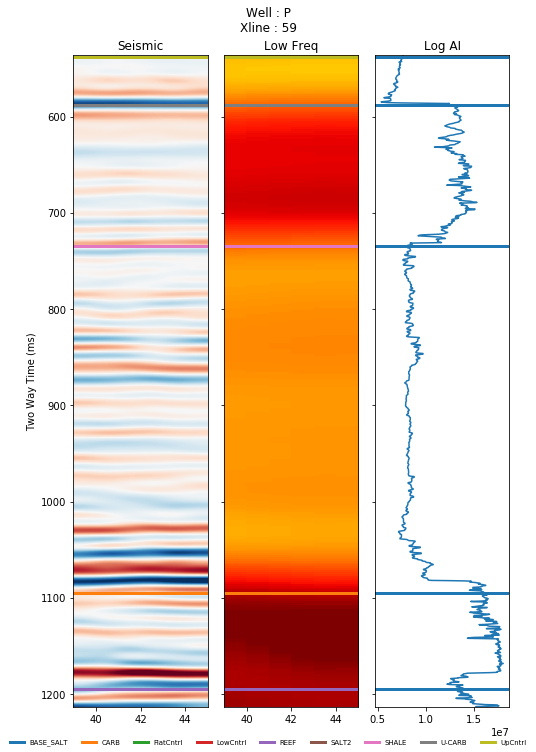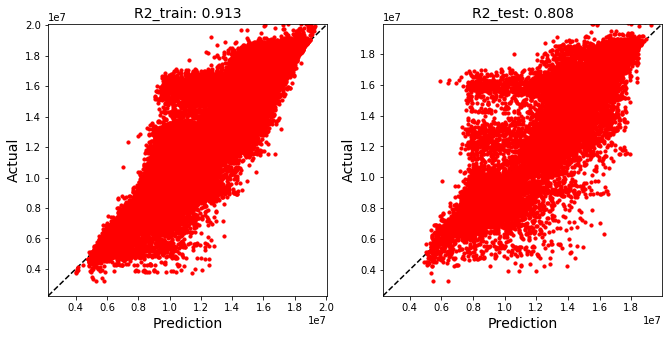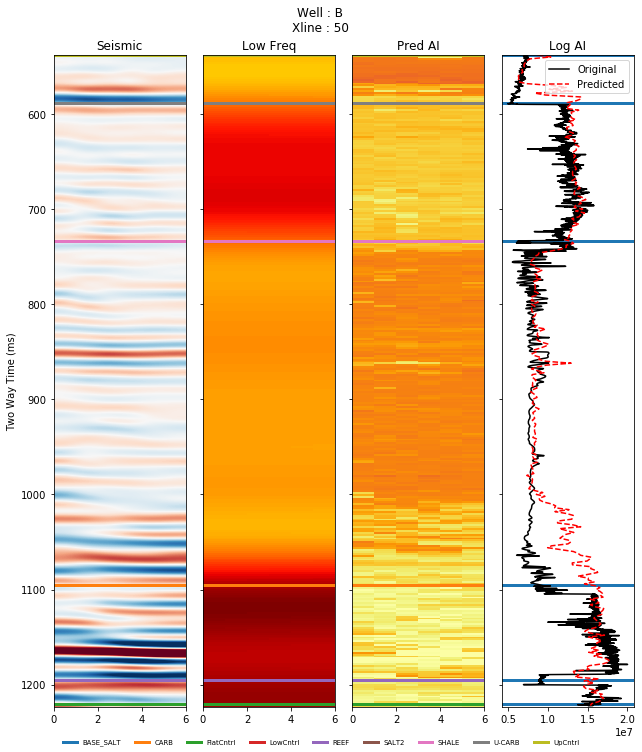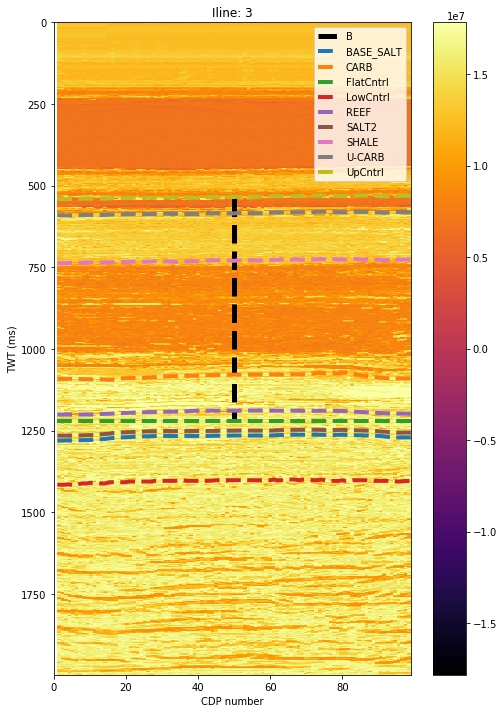Estimating physical properties could be done by using seismic inversion. But, what if we build an AI model that can learn and estimate the physical properties using seismic data?
I start this journey by mapping some challenges that I’ll face. First, the different dimensions between 1-dimensional AI value and 3-dimensional seismic volume. Then, the different scales and frequencies of AI and seismic data.

So, this is the proposed method to address those challenges:
✅ Extract the seismic trace information on the well location. This information will be the input, and AI from the log will be the output.
✅ Interpolate the seismic value with the same range as the well to get the same input and output size.
✅ Design and select the model. I used two different AI subsets. Machine Learning (Random Forest) and Deep Learning (Convolutional Neural Network).
✅ Add a low-frequency model as the input to train the algorithms. This input gave a trend to the model and increased the accuracy.
Input and Output

R2 Score

Input, Output, and Prediction

Mapping AI to seismic section

Note: Even though the proposed workflow has been used to estimate AI value, it can also estimate other geophysical properties.
Skills: Python, Numpy, Pandas, scikit-learn, Keras, Scipy
